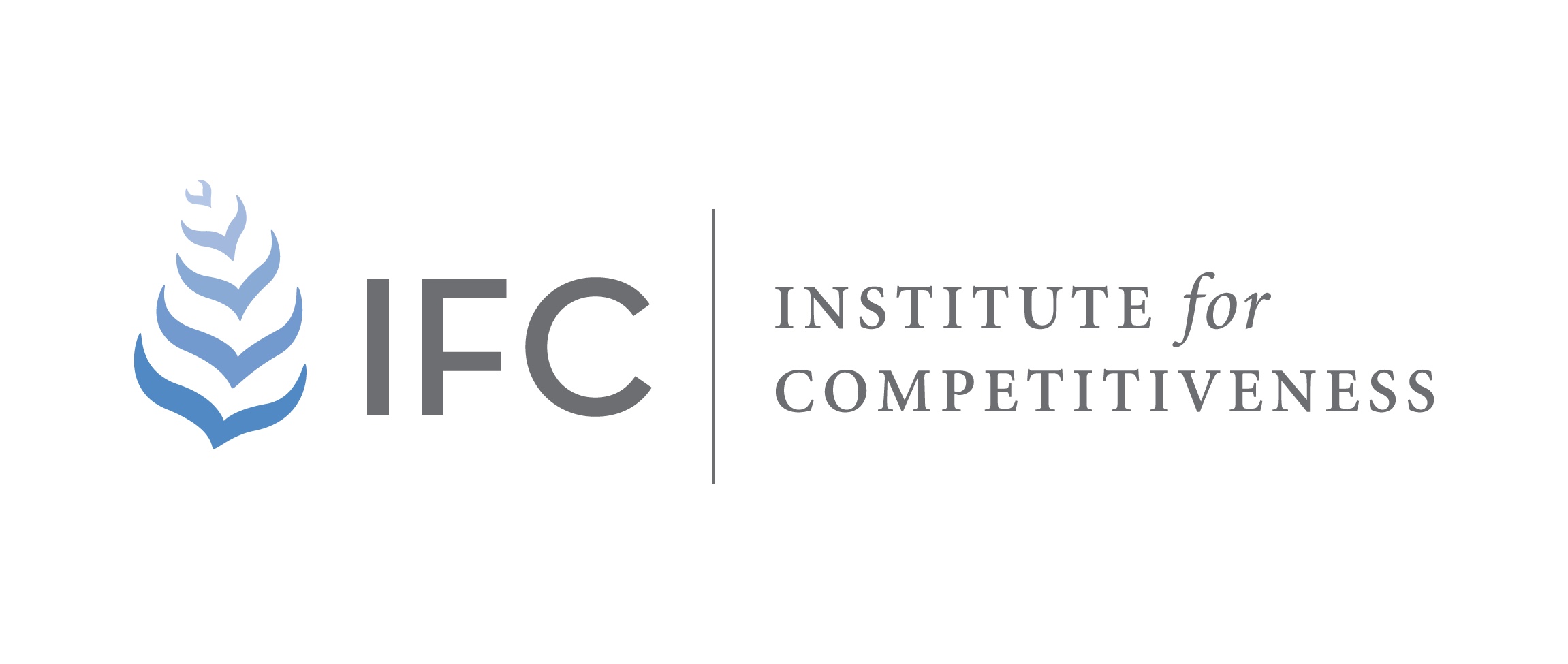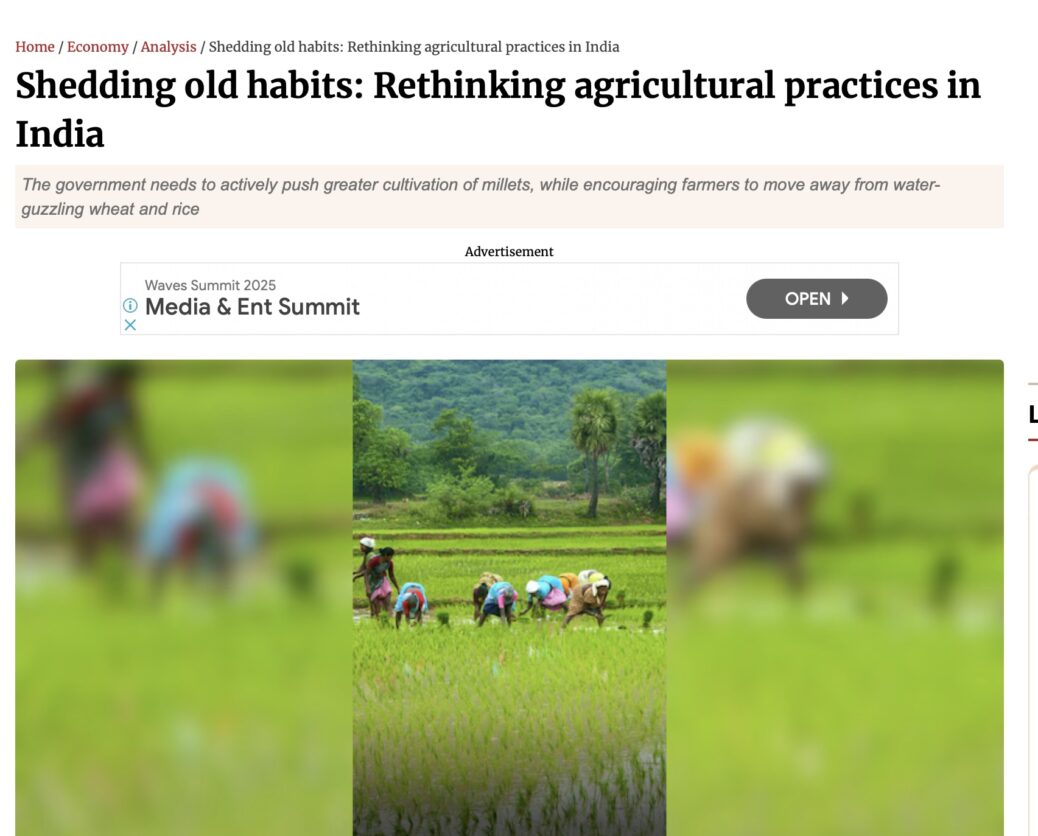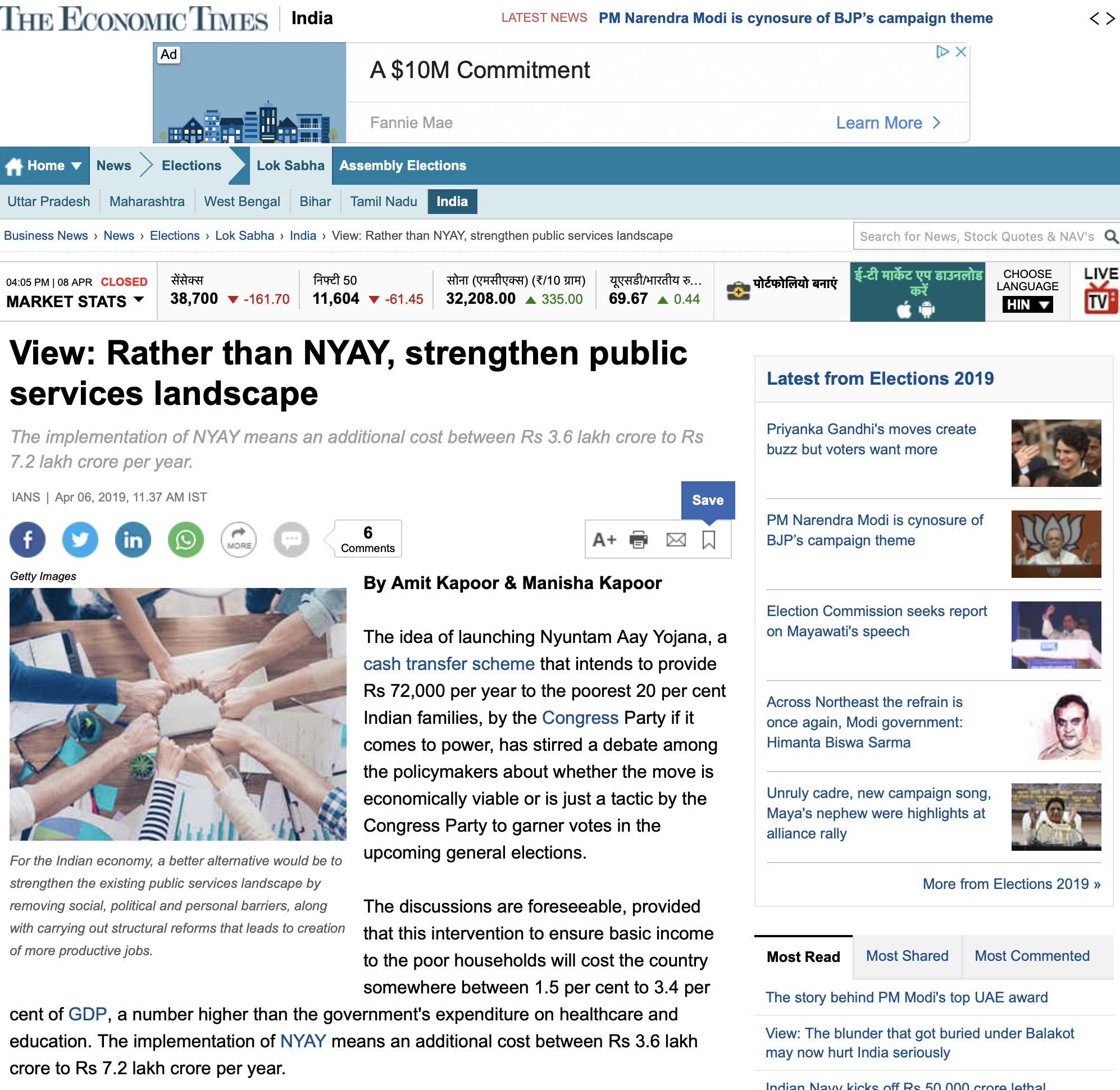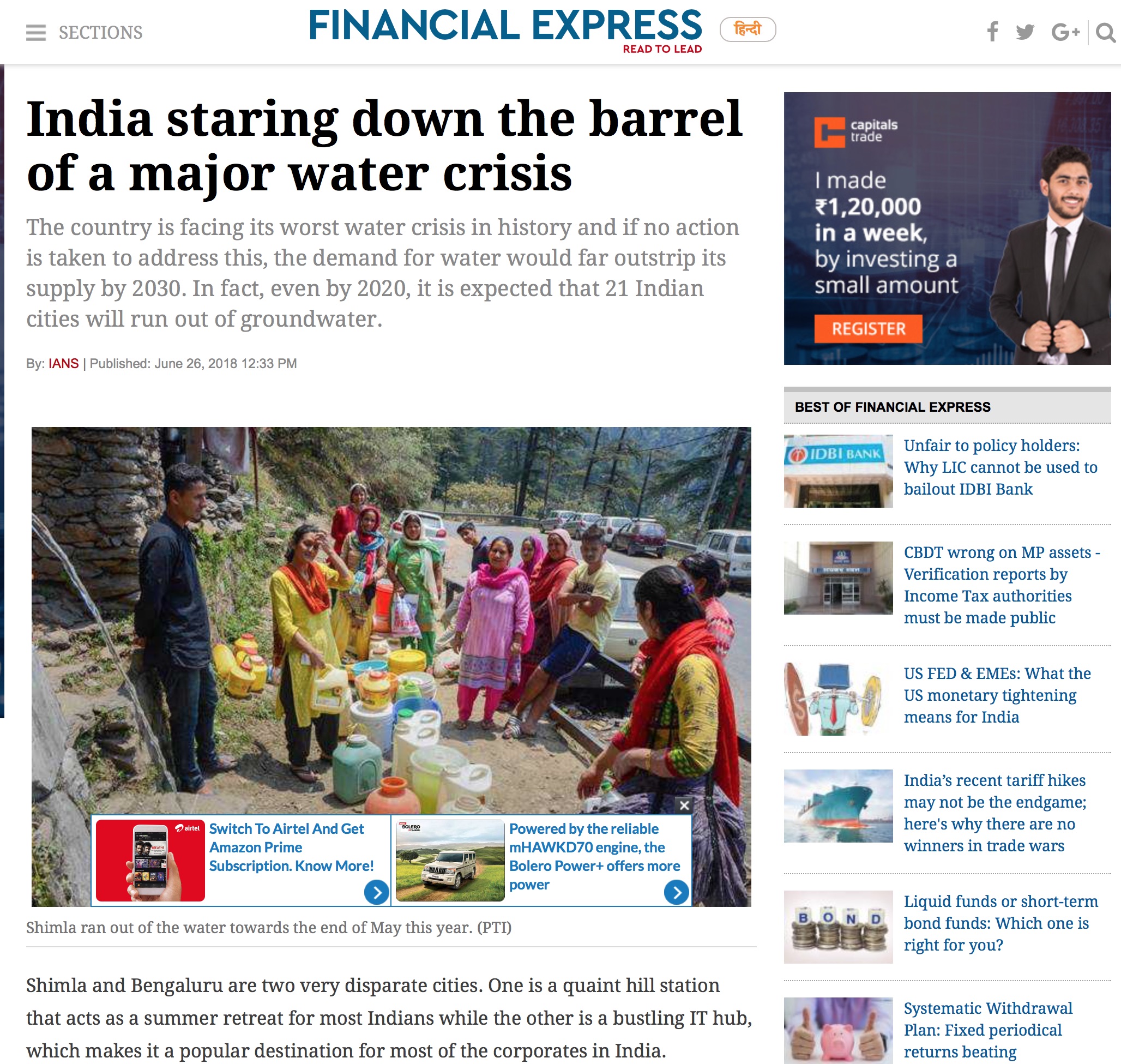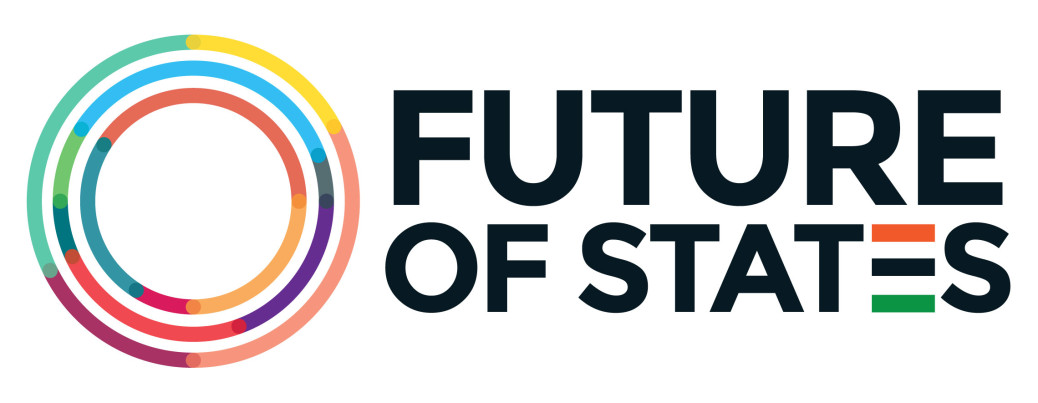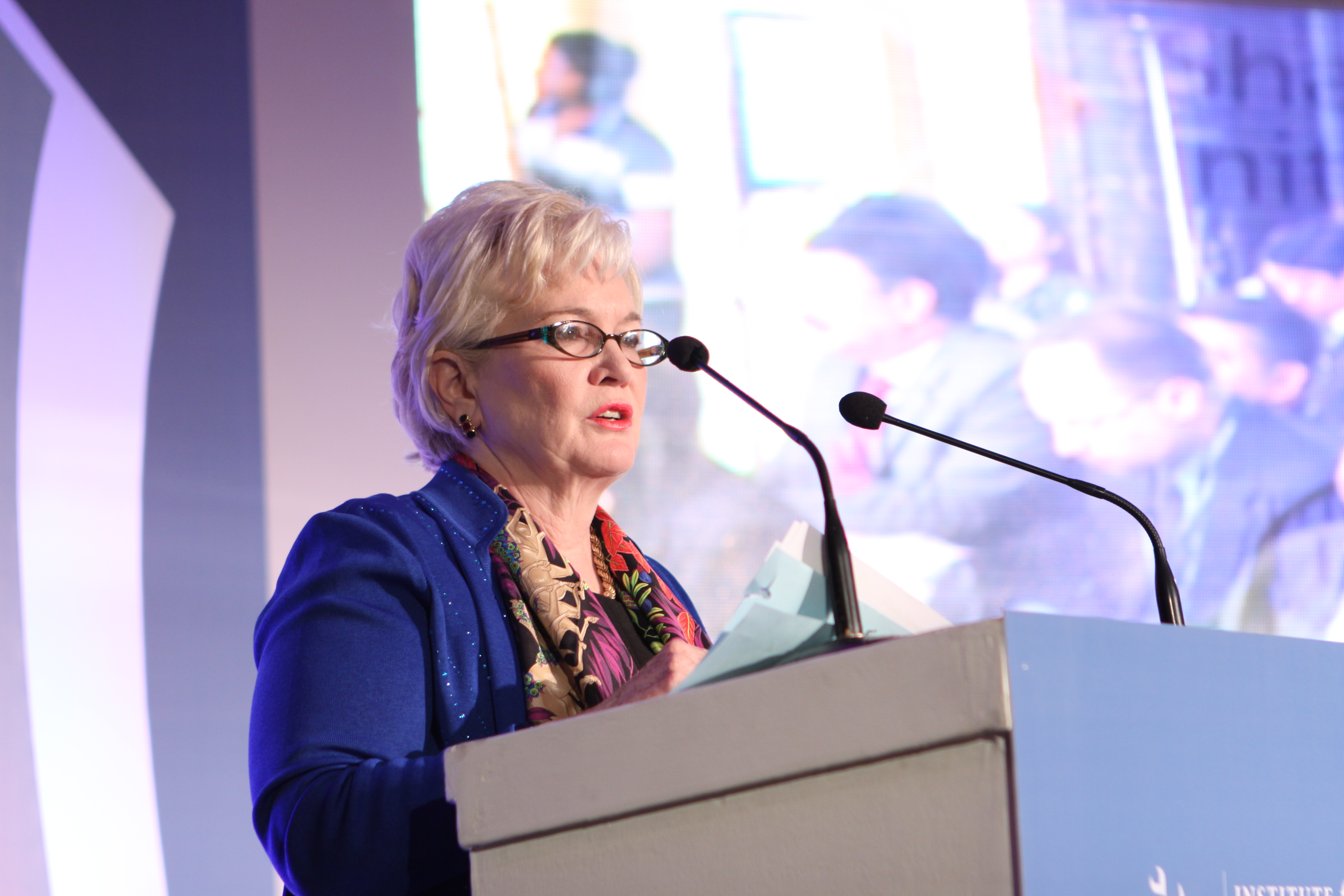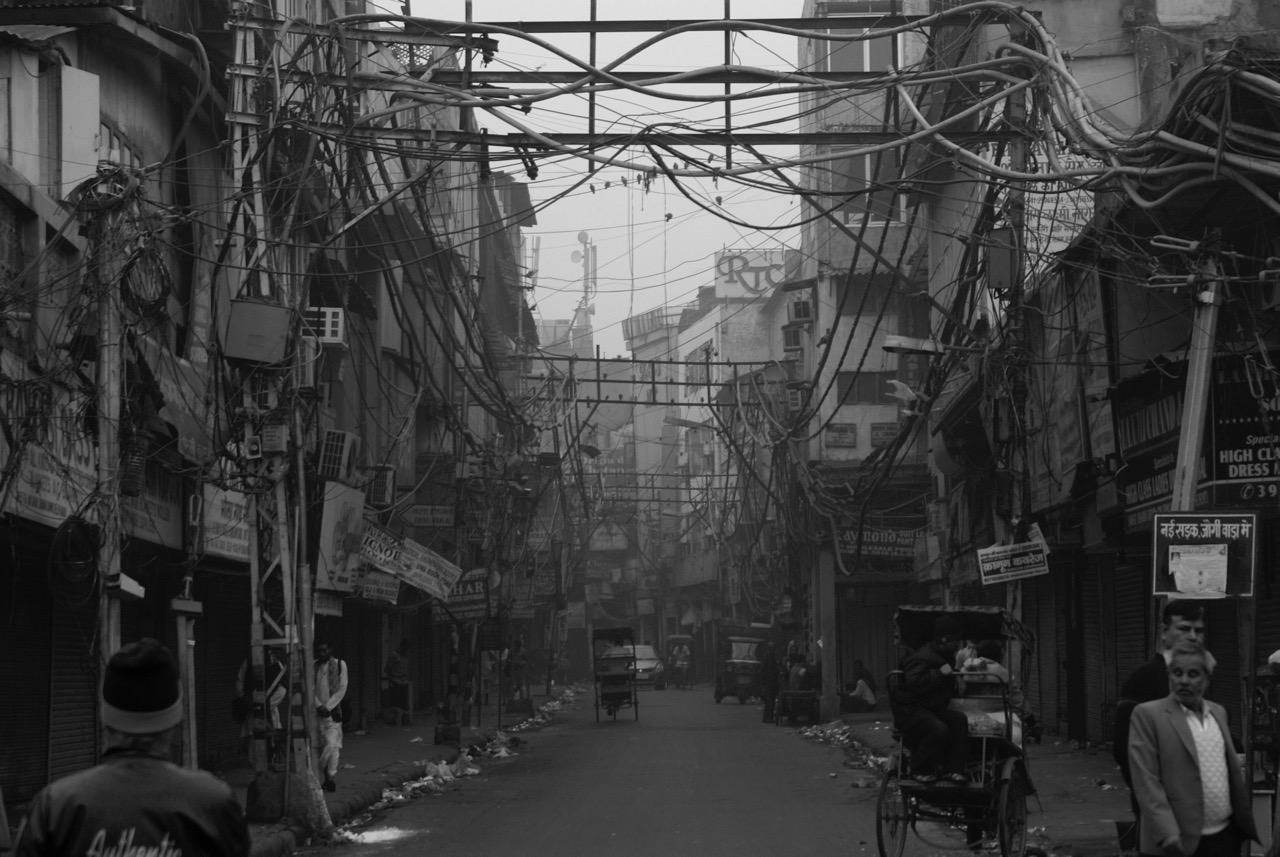Amit Kapoor, Pradeep Puri and Ananya Khurana
India is ambitiously treading on the path to sustainability with an aim to achieve net-zero greenhouse gas (GHG) emissions by 2070. Yet, Indian agriculture poses a formidable roadblock attributed to its significant GHG emissions. The roots of this issue trace back to the Green Revolution, which initially boosted food production but eventually became counterproductive. In 2014, the Indian Agriculture Research Institute highlighted that the Indo-Gangetic Plains (IGP) exhibit the highest global warming potential, due to large-scale rice cultivation. Even after a decade, the situation persists. Rice, an Indian staple, is renowned as a water-intensive crop and relies heavily on nitrogenous fertilizers, leading to substantial methane emissions. Nonetheless, Indian agriculture can potentially become a beacon of environmental sustainability.
The Green Revolution introduced an intensive rice-wheat cropping pattern in India. Favourable agro-climatic conditions, abundant natural resources, government support through input subsidies for power, irrigation, and fertilizers, and assured procurement of paddy at pre-determined prices enabled this shift. Consequently, states like Punjab and Haryana in the IGP witnessed surges in agricultural productivity. Before the Green Revolution, paddy productivity in Punjab was approximately 1.51 tonnes/ha, which surged by 150% to 3.83 tonnes/ha by 2010-11. Similarly, in Haryana, productivity rose from 1.16 tonnes/ha to 2.79 tonnes/ha in the same period, indicating a 140% increase.
Eventually, the dark side of the revolution was noticeable in the deteriorating environmental quality. As paddy production requires an average of 18 irrigations over 135 days, its intensive cultivation has depleted natural resources. Additionally, the quantum of rice production results in significant rice residue, predominantly burnt due to limited sustainable alternatives. Over-exploited groundwater levels, increased soil salinity, and inadequate investments in agricultural technology have led to dwindling paddy yields. To ensure consistent yields despite deteriorating soil quality, many farmers over-apply the highly subsidized fertilizers, resulting in poor soil health and methane emissions. The significant allocation of fertilizer subsidies for paddy production encourages indiscriminate cultivation, resulting in over-fertilization, and accumulation of fiscal burden due to input subsidies. Therefore, it is high time that India develops a strategy to ensure food and nutritional security without exacerbating climate change and compromising crop yields. Paddy production should not be incentivized. A paradigm shift in agricultural cropping patterns, with crop diversification at the centre, can facilitate it. Especially the traditional paddy-producing states can diversify their cropping patterns and alternatively, grow less resource-intensive crops like millets, which require only 5-6 irrigations over 100 days.
India is the front-runner for promoting millets at a global scale. To showcase its commitment, it served millet-based dishes during the G20 meeting it hosted in 2023. Additionally, the United Nations announced 2023 as the International Year of Millets, at India’s request. These initiatives not only highlight India’s rich cultural history of millets but also its position as the world’s leading producer of varieties like bajra, jowar, and ragi. Millet-based meals are still popular during religious ceremonies and festivals such as Makar Sankranti in states like Rajasthan, Karnataka, and Nagaland. Although traditionally millets were popular in India, the Green Revolution and the country’s economic growth, development, and urbanization shifted attention to finer cereals like rice, wheat, maize, and commercial crops like oilseeds and pulses. These developments also caused a surge in health issues like diabetes, making India a global hotspot of the disease. Millets, with their low glycaemic index and high fiber content, are more nutritious than rice. Incorporating them in modern diets can address malnutrition and micronutrient deficiencies, besides other health benefits.
The Government of India has been actively promoting the production and consumption of millets, highlighting the golden opportunity for its uses for food, feed, fodder, biofuels, and brewing. In 2018, the government celebrated the National Year of Millets and notified millets as Nutri-Cereals. Millets are a part of the Poshan Mission Abhiyan by the Ministry of Women and Child Development and advocated under the National Food Security Mission as well. While the National Mission for Millet has led to a compound annual growth rate (CAGR) of millet production at 410%, Karnataka, Madhya Pradesh, Maharashtra, Odisha, Rajasthan, and Uttar Pradesh having their own Millet Mission have witnessed a CAGR ranging from 61% to 320% between 2018-19 and 2022-23. Precision agriculture and the development of drought-resistant millet varieties can fast-track the progress of these initiatives. Additionally, food processing technologies for millet and agri-tech startups can create efficient supply chains, improving market access and prices. Currently, 25 seed hubs and over 500 startups and 350 food processing organizations are part of India’s millet ecosystem. Scaling these initiatives across all states can drive the long-term viability of millet farming. Transitioning from paddy to millet production would not only resolve issues of depleting natural resources, declining paddy yields, and mounting government subsidies but also play a significant role in doubling farmers’ income and battling climate change.
Top millet producers like Rajasthan, Madhya Pradesh, and Karnataka can lead millet production in the country to meet increasing demand. State-level initiatives like the Odisha Millet Mission (2017) and the Madhya Pradesh Millet Mission (2023-25), besides the national millet policies, can facilitate the states to shift towards millet production and consumption. Meanwhile, Telangana, West Bengal, Chhattisgarh, Andhra Pradesh, and Bihar, currently contribute only 40% of the country’s total paddy production and have safe groundwater levels in 2022-23, could increase their focus on paddy production to meet total demand. The predominant paddy producers, like Punjab and Haryana, could be encouraged to shift towards millet. In 2022-23, their area under paddy production was almost nine times larger than their area under millet, with paddy production at least 1.5 times higher than millet production. These states are also top contributors to paddy procurement for the central pool. The suggested change in cropping patterns could promote environmental sustainability, agricultural viability, and farmers’ income security, while reducing the government’s expenditure on fertilizer subsidy and fulfilling consumers’ food and nutritional needs.
To bring these ideas to life and reduce India’s carbon footprint, a holistic incentive mechanism is needed for farmers to transition from paddy to millets. This can be achieved by repurposing current government expenditure on paddy production and procurement or creating new incentives for millet production—an idea worth considering!
The article was published with Business Standard on April 30, 2025.
